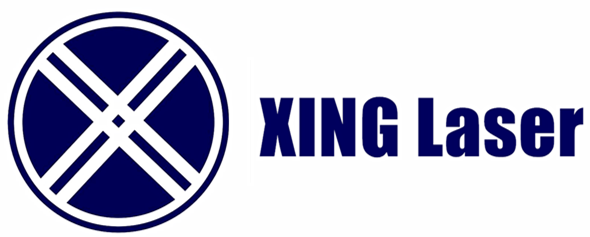Here we share a few tips on aluminum laser welding :
- Laser weld aluminum thickness and aluminumlaser welder power
1500w up to 4.0 mm
1900w up to 5.0 mm
- Very important things to do before laser aluminum welding. Remove oil and grease and remove the oxide layer.
- Remove oil stains. Before welding aluminum, we need to wipe oil and grease from the surface of the welded parts with a lint-free rag dipped in acetone. Make sure the solvent evaporates completely before fitting the parts together. Never pour solvent into an already fitted weld joint. Allowing the welding arc to come into contact with any of these solvents will release toxic gases.
- Deoxidation.
- Physical method. After you have degreased the part, it is time to remove the surface oxides. The most common removal technique is to use a stainless steel wire brush. It can be electric or manual, but it must be clean and used only on aluminum.
- Chemical methods. Use a strong alkaline solution or a deoxidizer in a spray or squeeze bottle sold by many welding accessory suppliers. It must be used with care and safety.
- Here is a video of a 2000W handheld aluminum laser welding machine welding 6mm thickness aluminum.




